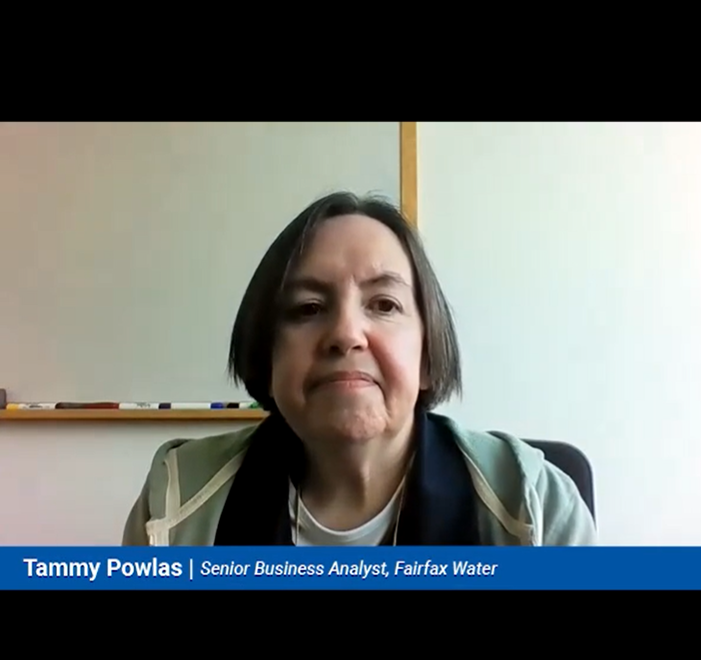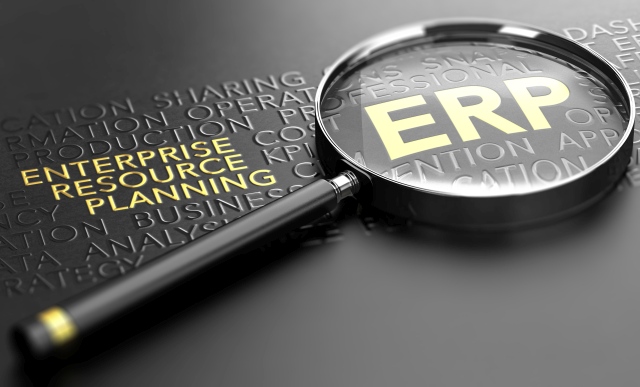Moving to Cloud First, Then to SAP S/4HANA May Reduce The Impact of Disruption
By Fred Donovan, Senior Editor, SAPinsider
SAP customers are increasingly deploying cloud computing first before they undertake their SAP S/4HANA migration, observed Shoeb Javed, Chief Strategy and Product Officer at Worksoft.
Javed was a panelist at SAPinsider’s keynote session, “Decisions and trends for your SAP S/4HANA deployment,” which aired during the July 14 SAPinsider Deployment Options for SAP S/4HANA virtual event. (Did you miss the live event? Register to receive on-demand access through August 14, 2021.)
Customers are saying, “We’ll get to the cloud first, and then we’ll do an SAP S/4HANA migration. So we are seeing cloud become increasingly important to customers over the last year,” Javed said.
SAPinsider Vice President of Research Robert Holland moderated the session and asked Javed whether the interest in cloud computing is fueling demand for RISE with SAP, since that includes cloud migration.
Javed responded that customers are evaluating RISE with SAP, but he hasn’t seen any impact on whether companies deploy cloud first before SAP S/4HANA. “A lot of our larger customers still want to take the two-step approach because of the disruption,” he said.
Panelist Damien Johnson, Chief Architect, Cloud Service Provider Strategy, SAP, noted that “this is the heart of the matter. RISE with SAP is all about the SAP S/4HANA journey itself.”
According to Johnson, using RISE for SAP will accelerate SAP S/4HANA migration. “We made RISE with SAP part of the infrastructure, so the infrastructure change is included. You don’t have to worry about that aspect. You can concentrate on the effective use of the new capabilities,” he said.
Javed added that “understanding your processes and having a process-centric approach is very important. SAP is doing a lot of interesting work around process discovery and making sure you get value from SAP S/4HANA.”
According to Javed, Worksoft helps organizations take advantage of new processes without full disruption. “You can still use your existing processes where you have customization, but you can also take advantage of the new advanced SAP processes and data analytics in parallel,” he said.
Holland cautioned companies not “to bring everything with you” when migrating to SAP S/4HANA. “If you don’t go through your legacy systems and applications beforehand, you run the risk of spending months or years trying to figure what is really necessary so you can leverage the new SAP processes.”
Data Privacy Rules and SAP S/4HANA
Holland asked the panelists what the impact of data privacy regulations, such as the European Union’s General Data Protection Regulation, has on SAP S/4HANA migration.
“What we are seeing from the SAP world and cloud infrastructure providers is this concept of providing cloud in country and the flexibility to provide those cloud services in country,” Johnson replied.
He noted that SAP also provides for unique cases with maintaining in country data centers for the relevant customers. “You take advantage of the flexibility from RISE with SAP and maintain it in a containerized environment local to the customer data center assets.”
Javed said that cloud providers offer sophisticated ways of managing data within a country, but companies also have to look at who is handling the data. “If you have teams and data centers all over the world, data handling becomes a more important issue than the technical aspects of where the data is located” from a regulatory perspective.
SAPinsider’s Research on SAP S/4HANA Deployment Approaches
Holland also shared some of the findings from SAPinsider’s recently published study, Deployment Approaches for SAP S/4HANA.
“Those who have already deployed SAP S/4HANA were more than twice as likely to have chosen a Greenfield implementation,” Holland observed. “A system conversion is more popular with those who are still in the process of SAP S/4HANA implementation or whose project is on hold,” he noted. Register and listen to the on-demand session to hear more results.
Read the full report to:
- Discover what drives SAP S/4HANA deployment.
- Understand how SAPinsiders approach securing their deployment strategy.
- Find out which technologies are being used to optimize deployment.
- Learn the top requirements for successful SAP S/4HANA deployment.
- Gain your steps to success.
What Does This Mean for SAPinsiders?
- Assess how much disruption your organization can take. Moving to the cloud and migrating to SAP S/4HANA at the same time may result in significant disruption. This is why many companies, particularly multinationals, are taking a two-step approach, with cloud deployment coming first. Before launching your program, weigh carefully the amount of disruption you are willing to endure.
- Consider using RISE with SAP to carry out your migration. RISE with SAP includes SAP S/4HANA Cloud as a modular ERP solution and can help you avoid the difficult scenario of having to choose between cloud and SAP S/4HANA.
- Stay up to date with regulations. Ensure that you understand regulatory implications of your SAP S/4HANA migration. Data privacy regulations restrict where data can be stored and how it is handled. Consult your legal experts or outside counsel to ensure your migration does not run afoul of these proliferating rules.








